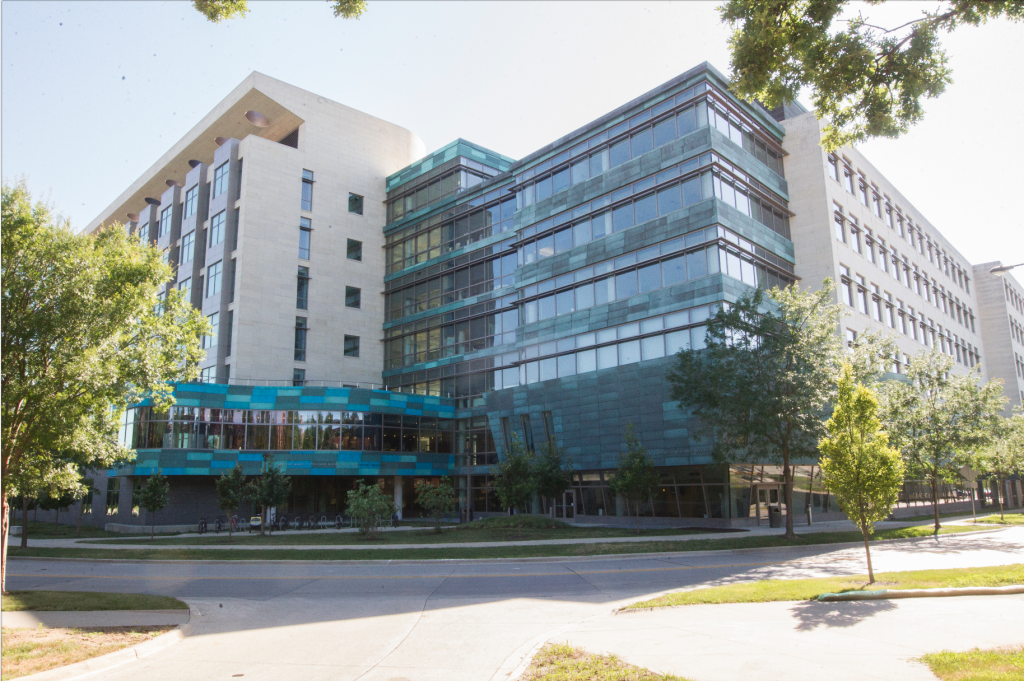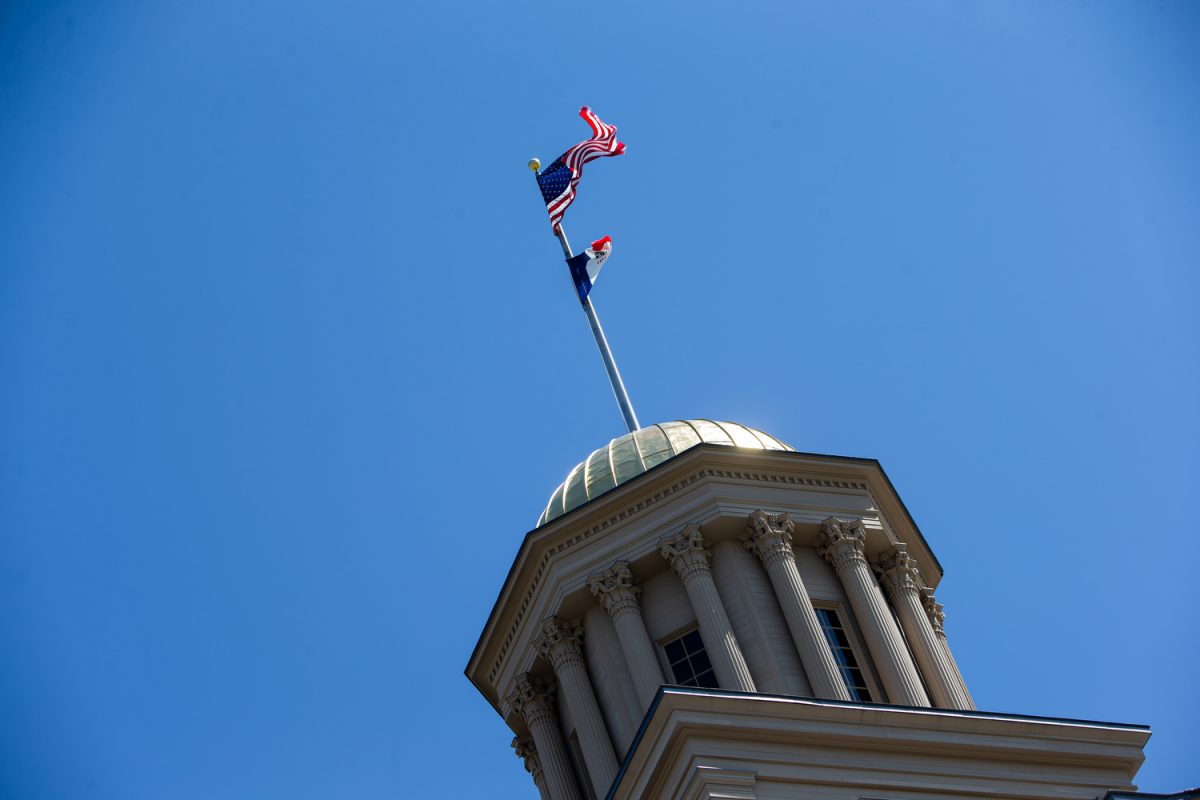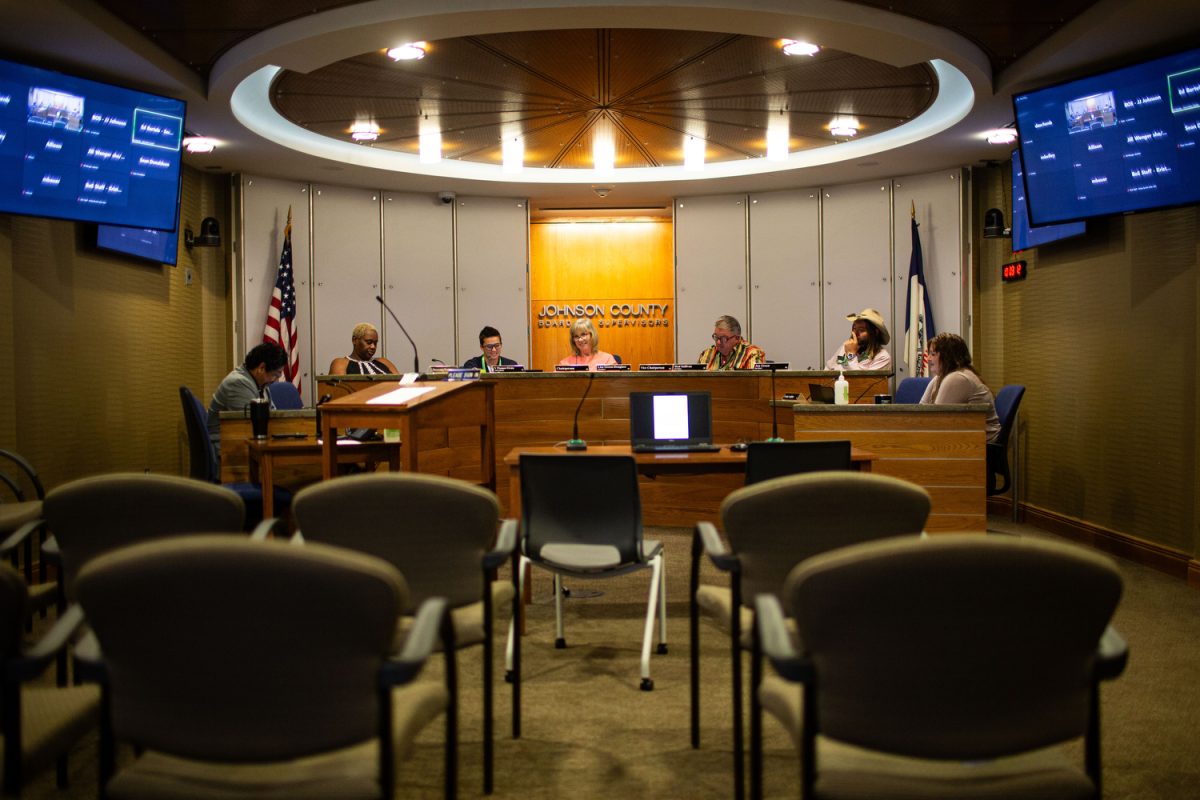By Julia Poska
[email protected]
With most of the human genome accounted for, the recent discovery of a new protein-coding gene by UI Boudreau Lab was no small matter.
The lab shares credit with a University of Texas Southwestern Medical Center lab that made the same finding concurrently. The labs were recently published side-by-side in the journal Cell Reports.
“Ultimately, I’m actually glad that was the choice,” said research scientist Colleen Stein, the primary author of the UI paper. “I was leery about it, because we didn’t really know exactly what was going to come out with the other group, but they kind of complement each other to some extent.”
Her lab found the gene, which makes a protein they named “mitoregulin,” several years ago. Less than 5 percent of the genome makes proteins, so the discovery was exciting, she said.
UI Assistant Professor Ryan Boudreau, the primary investigator, called the discovery “serendipitous.” He noticed that a gene believed not to make proteins was shared widely across different species, which suggested otherwise, he said.
“When we looked into it further, we found that it did encode a protein, and then using bioinformatics, we were able to pinpoint what we thought the function of this protein would be and basically learned that it was a mitochondrial protein,” he said.
The lab tested the microprotein’s function by adding and removing the gene from mouse cells via genetic engineering. They found it enhanced energy production in the famous “powerhouse of the cell,” among other things.
While he is still unsure of the medical relevance of the finding, Boudreau said, the mitochondria underlie many human diseases, such as heart failure and diabetes. His lab recently received a pilot grant from the Iowa Neuroscience Institute to study the role of mitoregulin and several other microproteins in Parkinson’s disease.
Boudreau said he learned of the Texas lab’s co-discovery early on, when he called Eric Olson from Texas-Southwestern to ask him to run a test on the microprotein’s calcium-regulation function. Olson said his lab was working with several novel microproteins, and sure enough, mitoregulin was one of them.
Olson, the primary investigator for the Texas lab, said the labs came to similar conclusions “independently and simultaneously.”
It is impossible to know who made the discovery first, but he said he is glad everyone is sharing credit.
Boudreau said his lab chose the name “mitoregulin” because the protein regulates mitochondria. The nomenclature mimicked other “regulins” named by Olson’s lab previously.
Olson’s lab named the protein “MOXI”, an acronym for “micropeptide regulator of beta-oxidation,” the function on which his lab primarily focused.
“Our paper supports this, but our paper points to many other things that this controls, so given that our data support more complex functions, ‘mitoregulin’ is probably more suitable because it’s just a little broader,” Boudreau said.
The official name recognized by the HUGO Gene Nomenclature Committee is “mitoregulin,” with the symbol “MTLN,” he said.
The committee confirmed that in an email to The Daily Iowan and said Olson had not contacted it prior to publishing as Boudreau had. It added “MOXI” and a link to Olson’s group’s paper to the entry for the gene on its site after learning of Olson’s work through the DI’s inquiry.
“It’s a real pity the journal they both published in didn’t ask [or tell] both groups to contact us to agree on a symbol they would both use in their papers, as opposed to having two papers about the same gene using two different symbols [which anyone can see is potentially confusing],” the committee wrote.
Boudreau said a Harvard lab technically discovered the gene, too, but got “scooped” by his and Olson’s lab and will not receive credit, though it may publish a valuable follow-up article.
“Science is competitive, right, and so at any given moment, people are working on things in competition and, hopefully, eventually in collaboration,” he said.










